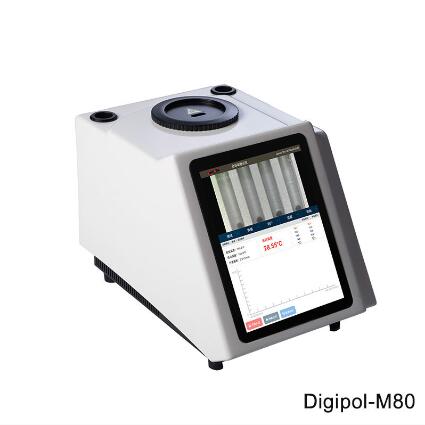Understanding Melting Point Instruments: A Comprehensive Guide
2023-10-17
Introduction:
In various scientific and industrial applications, the determination of a substance's melting point is crucial for characterizing its properties and identifying its purity. Melting point instruments play a significant role in this process, providing accurate measurements and facilitating scientific analysis. In this blog, we will delve into the world of melting point instruments, exploring their functionality, applications, and benefits.
What is a Melting Point Instrument?
A melting point instrument, also known as a melting point apparatus or apparatus, is a laboratory device designed to determine the temperature at which a substance transitions from a solid to a liquid state. It provides precise and reliable measurements that aid in the identification, quality control, and purity assessment of various materials.
How Does a Melting Point Instrument Work?
Melting point instruments typically consist of a heating unit, a sample holder, a temperature control mechanism, and an observation system. The heating unit raises the temperature of the sample at a controlled rate until it reaches its melting point. The sample holder securely holds the substance being tested, allowing for uniform heating and accurate readings. The temperature control mechanism ensures precise control over the heating process, while the observation system enables users to visually monitor the sample's behavior during heating.
Applications of Melting Point Instruments:
1. Material Identification: Determining the melting point is a fundamental step in identifying unknown substances. Comparing the obtained melting point to known values helps researchers narrow down potential compounds and make informed conclusions about the material's composition.
2. Purity Analysis: The purity of a substance can affect its melting point. By comparing the observed melting point to the expected value of a pure compound, researchers can assess the sample's level of impurities.
3. Quality Control: Industries, such as pharmaceuticals and chemicals, rely on melting point instruments for quality control purposes. Monitoring the melting points of products ensures consistency, verifies adherence to manufacturing standards, and helps detect any variations or impurities that may affect product performance.
4. Research and Development: Melting point instruments are widely used in research and development settings to study the thermal behavior of materials. They provide valuable insights into phase transitions, stability, and other thermal properties critical for formulating new compounds and materials.
Benefits of Melting Point Instruments:
1. Accuracy and Precision: Melting point instruments offer precise temperature control, ensuring reliable measurements. This accuracy is essential when comparing melting points for identification or assessing purity.
2. User-friendly Operation: Modern melting point instruments are designed with user convenience in mind. They feature intuitive interfaces, easy-to-read displays, and automated processes, making them accessible to both experienced researchers and newcomers.
3. Time Efficiency: Melting point instruments facilitate quick determination of melting points, streamlining laboratory workflows. Rapid measurements save time and enable researchers to handle larger sample volumes efficiently.
4. Versatility: These instruments can accommodate a wide range of substances, making them suitable for diverse applications. From organic compounds to inorganic materials, melting point instruments offer flexibility in analyzing different types of samples.
Conclusion:
Melting point instruments are indispensable tools in laboratories, research facilities, and industries where accurate determination of melting points is essential. Their ability to provide reliable measurements, aid in substance identification, assess purity, and ensure quality control makes them invaluable to scientists, chemists, and professionals in various fields. With their accuracy, ease of use, and versatility, melting point instruments continue to play a vital role in advancing scientific knowledge and improving product quality in numerous industries.



